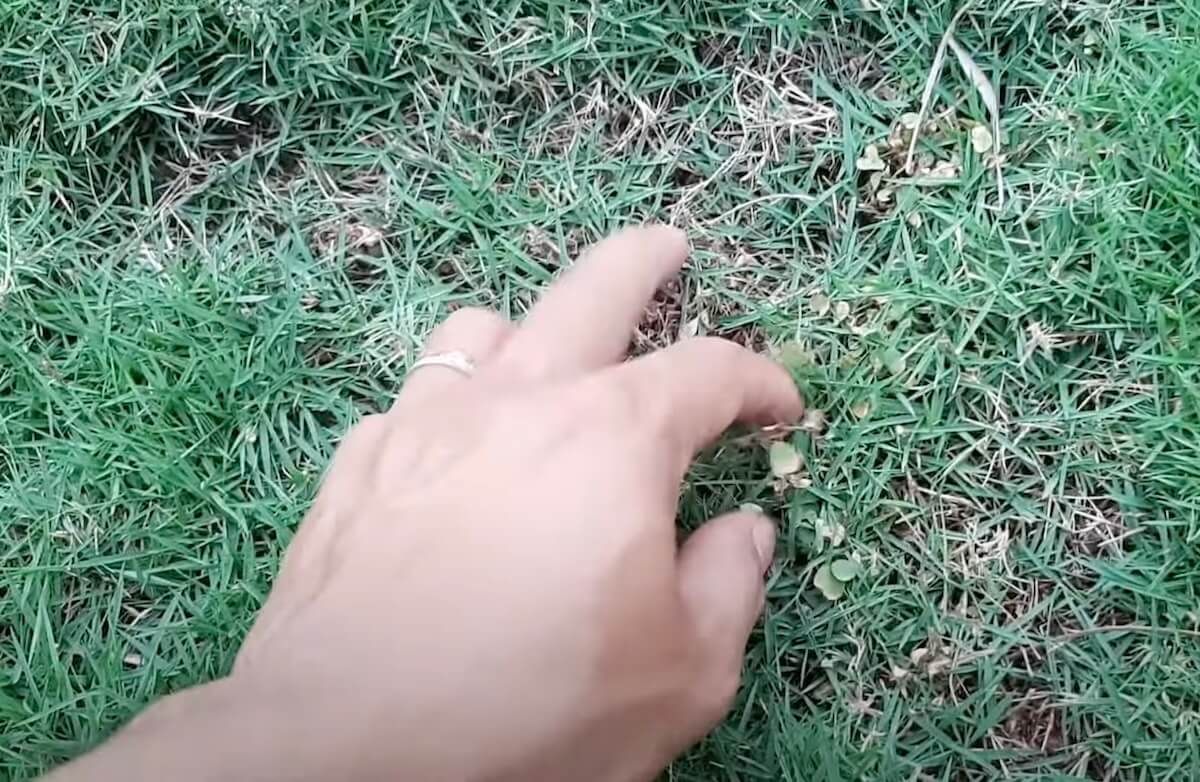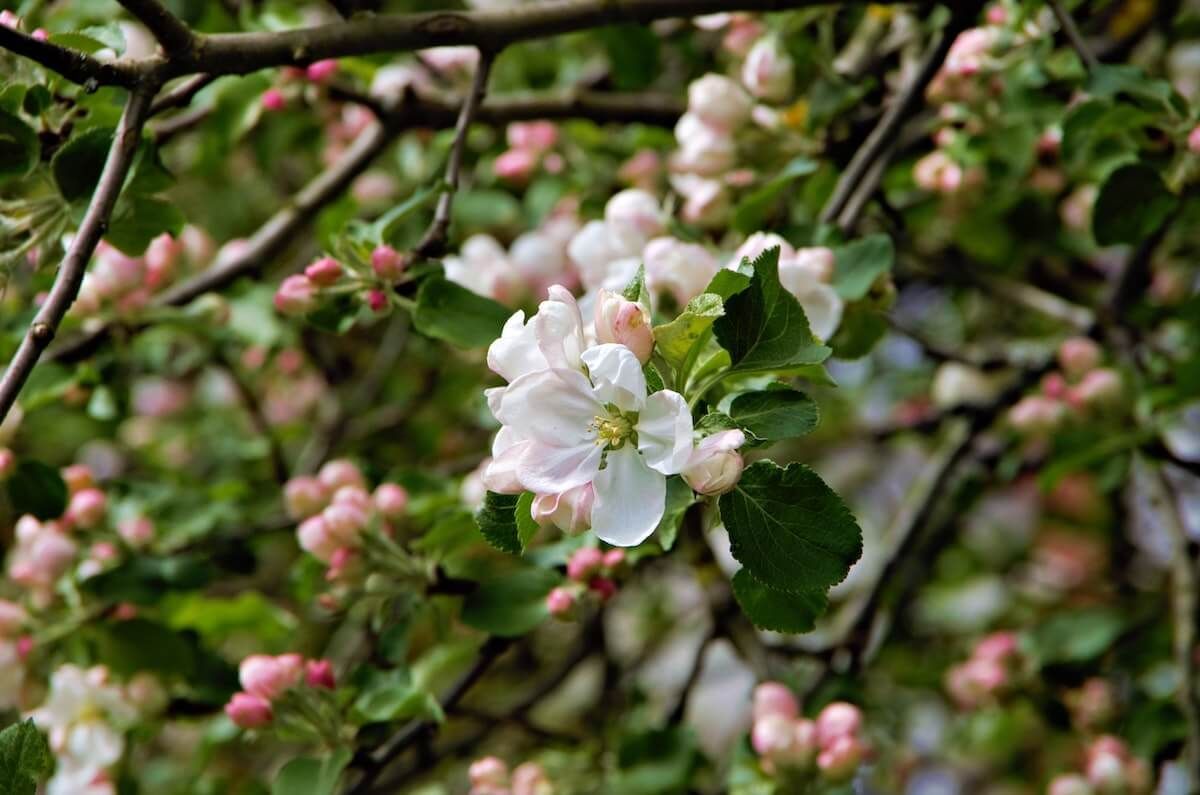Tips: Harvesting Heirloom Garden Seeds for Next Year
Seed saving is a skill largely lost these days. With seed packages widely available, who needs to save seeds anymore?
Sowing vegetable seeds in the spring and then harvesting and eating the fruits of your labor is a wonderful experience, but also an act of faith. Will they sprout? How many will survive? Will they taste the same as I remember?
Seed saving is a skill largely lost these days. With seed packages widely available, who needs to save seeds anymore? You can simply buy more in the spring, right?
The problem with many common garden seeds is their origin as a hybrid. And many of these hybrid varieties have been bred for size, or resistance to a particular disease, and not for that old-time flavor.
Luckily for us, dedicated seed savers have been keeping the old open-pollinated varieties that our grandparents enjoyed, which means that you can now plant and harvest the exact same vegetables in your garden.
One way to virtually guarantee that the seeds you sow will be around for you year after year is to harvest and save the seeds from your heirloom vegetables for next year's planting. Seed saving isn't that hard to do, but there are some things to remember when starting out.
Heirloom Seed-Saving Tips
Annual varieties are the easiest to gather. Annuals flower and go to seed in the same year. Biennials flower and go to seed the second year after planting. Biennials include things like chard, beets, carrots, Brussels sprouts, cabbage, celery, onions, parsley, parsnips, rutabaga, and turnips.
Harvest seeds from the healthiest plants. The seeds from healthy plants will tend to be the healthiest. Stunted or sickly plants should not be harvested for seeds.
Gather seeds only from a representative fruit, not a tiny or discolored one. Pick ones from plants that produce the flavor and color you are trying to preserve.
Choose mature, ripe fruits for seed harvesting. An unripe fruit may have immature seeds, which aren't going to be as viable.
To be able to share your seeds, harvest more than you can use, saving some for a dry year, and some for trading or giving away.
Don't mix varieties when harvesting, and label them clearly as you harvest them. Use masking tape on the fruit, or label each container.
Clean the seeds well, rinsing off any vegetable matter and spreading to dry thoroughly on a towel, newspaper, or pie tin. Stir seeds daily so they can fully dry, or transfer to a brown paper bag to continue drying.
Beans can be left on the vine to dry in their pods, either in the garden or in a cool dry place inside.
Saving tomato seeds is a special case, but still not difficult, just another step.
Eggplants should be left on the plant until well past the ripe stage and should be dull, off-colored, and slightly hard. Cut in half and remove the flesh from the seeded area.
Cucumber seeds are covered with a bit of a mess but should be left to fully ripen, and then cut in half. Scrape the seeds into a bowl and soak in water for a day or two, or rub them gently on a strainer. Rinse and dry as above.
Winter squash and pumpkins can have prolific amounts of seeds inside, but due to their larger size, are cleaned fairly easily.
Summer squash should be allowed to mature (a thicker skin than you would pick out to eat) and the seeds can then be scraped out and rinsed and dried.
For seeds not produced in a fruit, like lettuce or spinach, leave the seed heads on the plant until dried, or cut when mature and bring inside to dry completely. Put the seed heads in a small paper bag and rub between your fingers to remove the seeds.
When the seeds are fully dried, store them in small envelopes, prescription bottles, baby food jars, spice jars, or film canisters. Placing the small envelopes in a jar helps to ensure they stay dry. Be sure to label the container well with the variety and any other planting notes to yourself.
Seeds should be stored in a cool, dry location. The seeds are best planted the next year, but some varieties stay fertile for up to five years.
Finding a seed swap in early spring will enable you to share your favorite varieties with other gardeners while coming home with new seeds will invigorate your garden.
More on Organic Gardening:
Organic Gardening: Why Grow-it-Yourself Organic Food is Here to Stay and How to Get on the Bandwagon
Top 35 Ways to Succeed at Organic Gardening
Why You Should Save Seeds from Your Garden
















